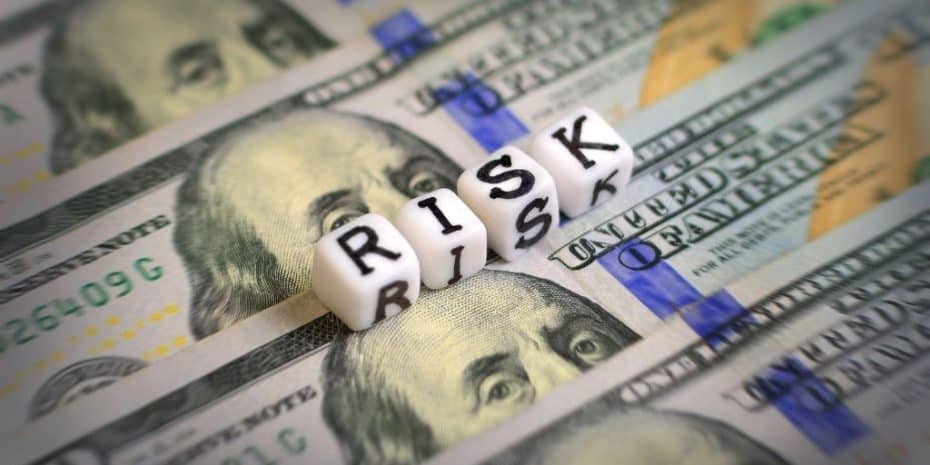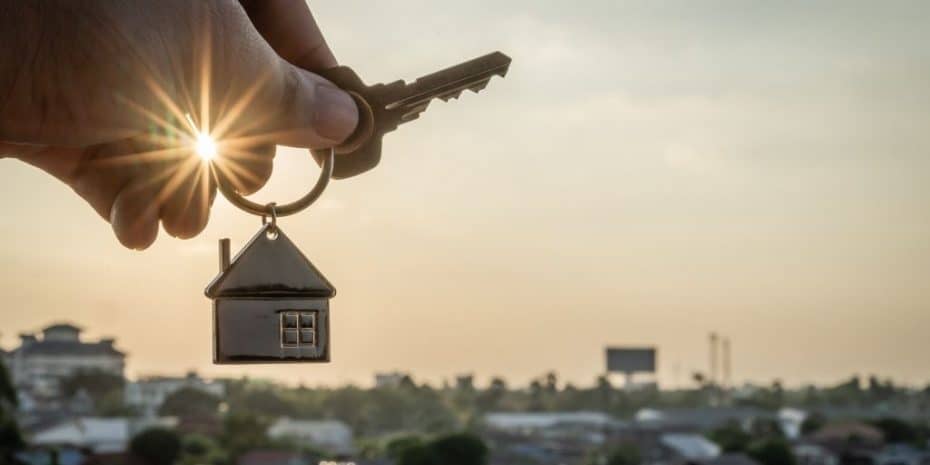What is Loan-to-Value (LTV) Ratio?
REtipster does not provide tax, investment, or financial advice. Always seek the help of a licensed financial professional before taking action.
How to Calculate Loan-to-Value
Loan-to-value is calculated by subtracting the down payment from the price of the asset and dividing the result by the asset’s price:
(Price – Down Payment) / Price = LTV
One caveat to keep in mind: When lenders calculate LTV, they will use the appraised value or the actual purchase price of the property, whichever is less.
Here are a few examples to illustrate how the loan-to-value ratio works:
- An investor wants to buy a property appraised at $200,000. The sales contract, however, lists the purchase price at $190,000. The investor plans to put $20,000 down. As such, the loan-to-value ratio on the proposed mortgage would be 89%.
($190,000 – $20,000) / $190,000 = 89%
- A buyer signs a contract to purchase a home for $300,000, but the appraisal comes in at $285,000. He has $50,000 to inject as a down payment. The loan-to-value on the mortgage is 82%
($285,000 – $50,000) / $285,000 = 82%
- A homeowner wants to refinance her home and roll her first and second mortgages into a single loan. The first mortgage has a balance of $350,000 and the second has a balance of $75,000. The home appraisal comes in at $450,000. The loan-to-value on the refinance is 94%
($350,000 + $75,000) / $450,000 = 94%
Note that the loan-to-value on a refinance is calculated by taking the sum of the balances of the two existing loans ($350,000 + $75,000 = $425,000) and dividing it by the appraisal amount ($450,000).
What is a Good Loan-to-Value Ratio?
A higher loan-to-value ratio indicates a higher risk for the lender.
A higher LTV means the borrower’s loan amount is high in relation to the value of the asset. In other words, the borrower has less “skin in the game” (i.e. – the asset was purchased with a very small portion of the borrower’s money and much higher portion of the lender’s money).
As the LTV ratio grows higher, the borrower could become over-leveraged and in the event of default, the bank will be less likely to recoup its money, even after liquidating the loan collateral and hypothecated assets. When the LTV ratio is too high, the lender has less security in the deal.
From the investor’s perspective, a high LTV is ideal, because it gives them more leverage and buying power. An investor who can buy into a $150,000 property with 5% ($7,500) down is leveraging his capital at 20:1. Whereas, if that same investor has to put down 20% ($30,000), their leverage drops to 5:1.
Generally speaking, loans with a low LTV qualify for the most favorable terms. Interest rates will typically be less with lower LTV loans and the borrower won’t have to pay private mortgage insurance with a loan-to-value ratio of 80% or lower.
Underwriting requirements for LTV differ depending on the lender and lending program. For example:
Conventional Loans
Conventional loans backed by Fannie Mae or Freddie Mac generally require an LTV of 80%. Borrowers with excellent credit may qualify for loans with an LTV of 97%, although private mortgage insurance is required. PMI typically drops off once LTV hits 78%.
FHA loans
Mortgages backed by FHA are available with 3.5% down payment, or 96.5% LTV. However, borrowers must have a credit score of 580 or higher to qualify for the high LTV loan. For borrowers with scores of 500-579, the maximum loan-to-value is 90%.
VA loans
The VA underwrites loans at 100% LTV for qualified buyers. No down payment is required.
USDA loans
The US Department of Agriculture insures loans with 100% loan-to-value. Most USDA loans are limited to rural housing, although some suburban areas may also qualify for USDA-backed mortgages.
Second mortgages and HELOCs
Underwriting guidelines are lender-specific, but in most cases, lenders require an LTV of 90% or lower based on the balance of both mortgages. For example, if the home is valued at $500,000 and the homeowner has a balance of $400,000 on the first mortgage, the maximum he could borrow with a second mortgage would be $50,000 (90% of $500,000 = $450,000; $450,000 – $400,000 first mortgage = $50,000).
What Loan-to-Value is Required for an Investment Property?
Most lenders require a lower LTV for investment properties than for owner-occupied home loans. An LTV of 80% or below is typical for most investment property loans. With excellent credit and a low debt-to-income ratio, however, investors may qualify for loans at 85% LTV.
In addition to low LTV, lenders will often require investors to have at least four to six months of mortgage payments in reserves and an additional two months for each investment property owned. For example, a lender would look for about 12 months of reserves for someone financing a fourth investment property.
What is the LTV for Commercial Loans?
Commercial lenders also consider loan-to-value ratios in credit decisions, and in fact, many require a lower LTV ratio than residential mortgages. Few commercial lenders will approve loans higher than 80% LTV and some require 75% or lower.
Some commercial lenders offer non-conforming loans that may go above 80% for highly qualified borrowers. However, the financing terms for non-conforming loans are usually not as favorable.
The SBA (Small Business Administration) will approve commercial loans as high as 90% loan-to-value if the property is owner-occupied, if the business has been operating for at least 2 years and the property is not a special purpose building. In other words, if an existing business buys an office building and occupies 100% of that building, the SBA could potentially approve a loan at 90% LTV (assuming all other aspects of the business are eligible and creditworthy).
New businesses (less than three to five years old) typically won’t qualify for a high LTV SBA loan. For new businesses, the SBA generally requires an LTV of 80% or less.
Note that for SBA 7(a) loans, SBA itself is not technically the lender; it only guarantees the loan. However, for SBA 504 loans, SBA issues a debenture at a long-term fixed-rate (10, 20, or 25 years, depending on the asset type), with a rate that is usually slightly above the long-term Treasury rate.
RELATED: SBA 504 vs. 7(a) Loan Comparison
For either type of loan, the loan applicant can apply through their local bank or credit union.








